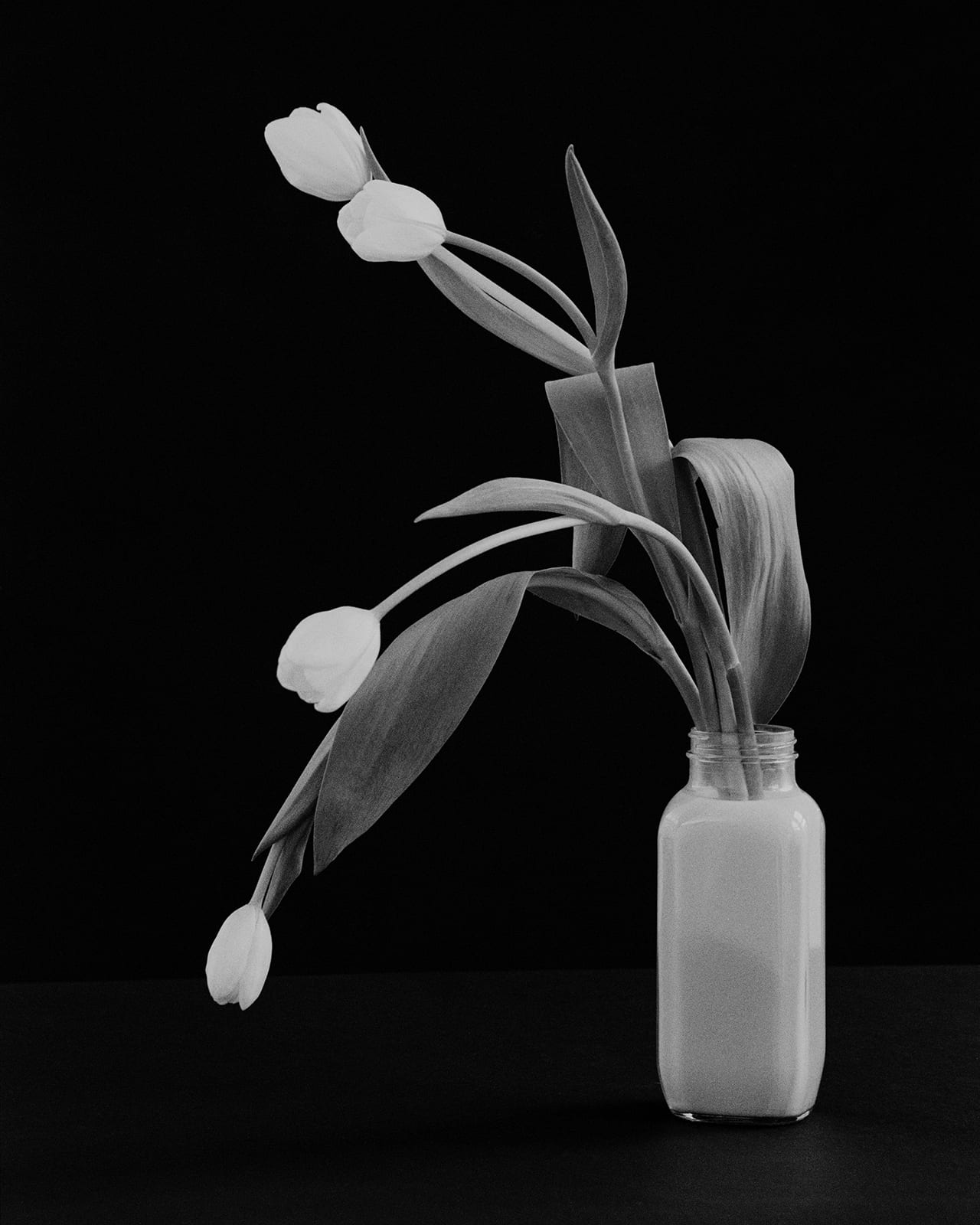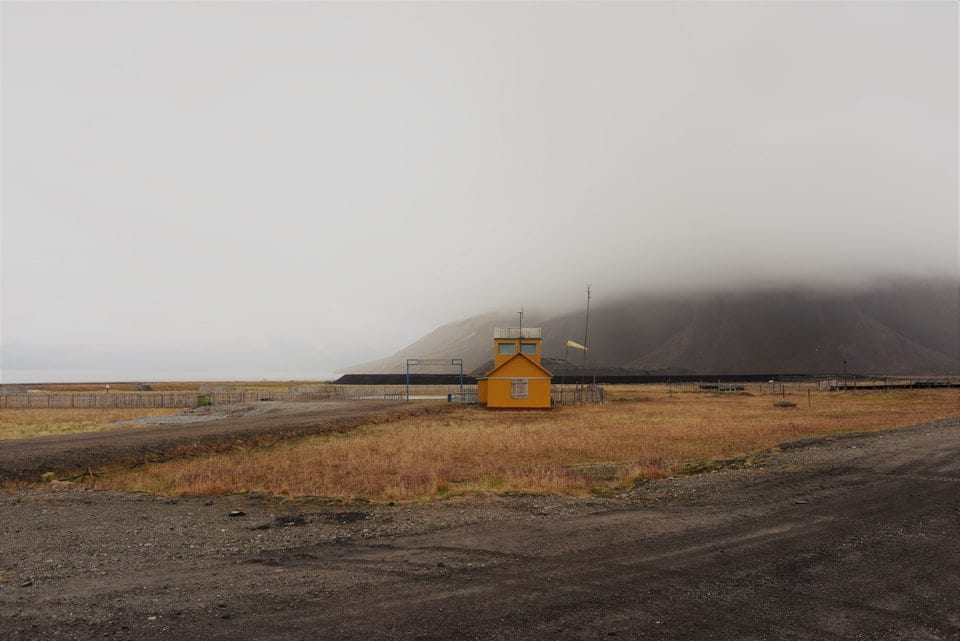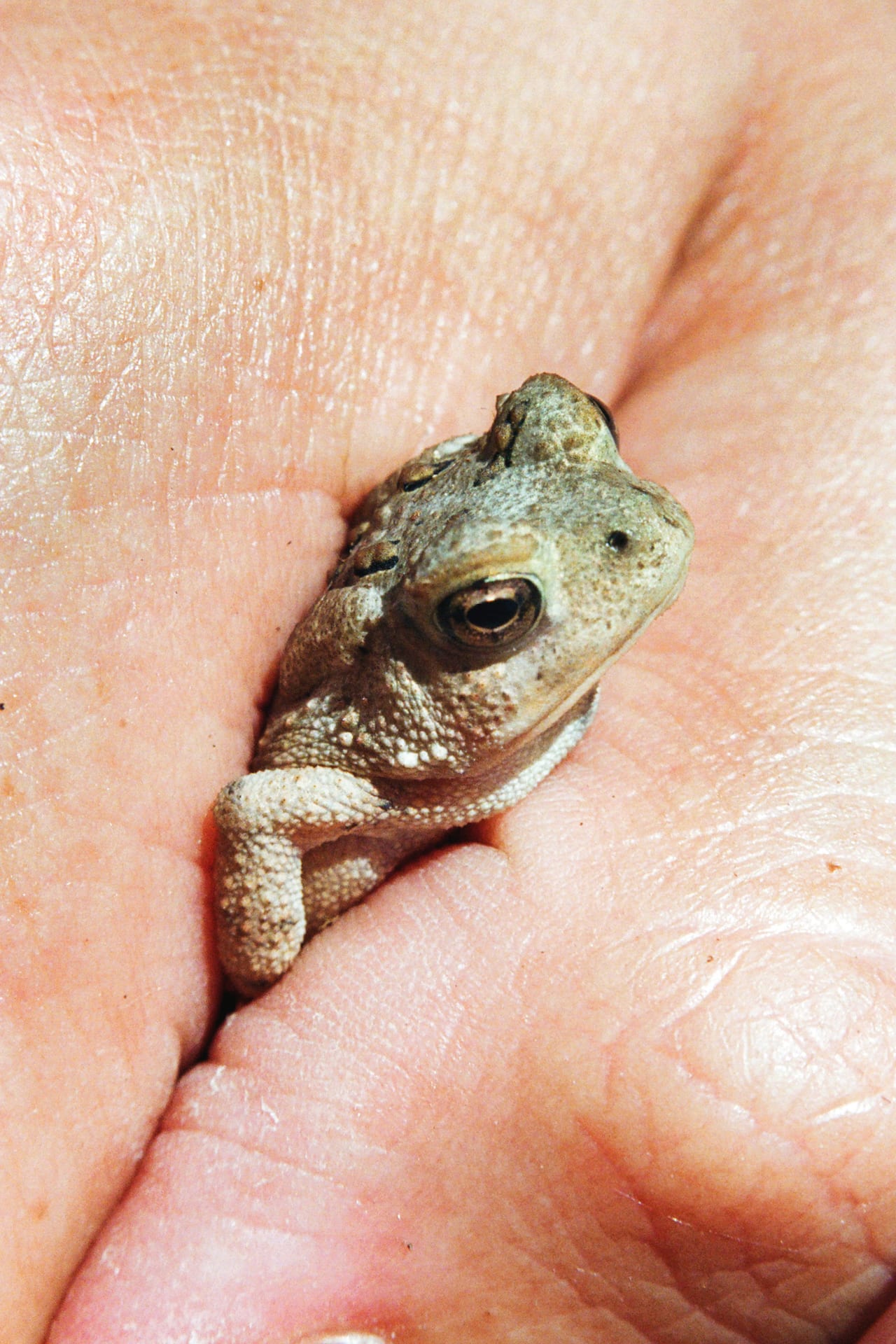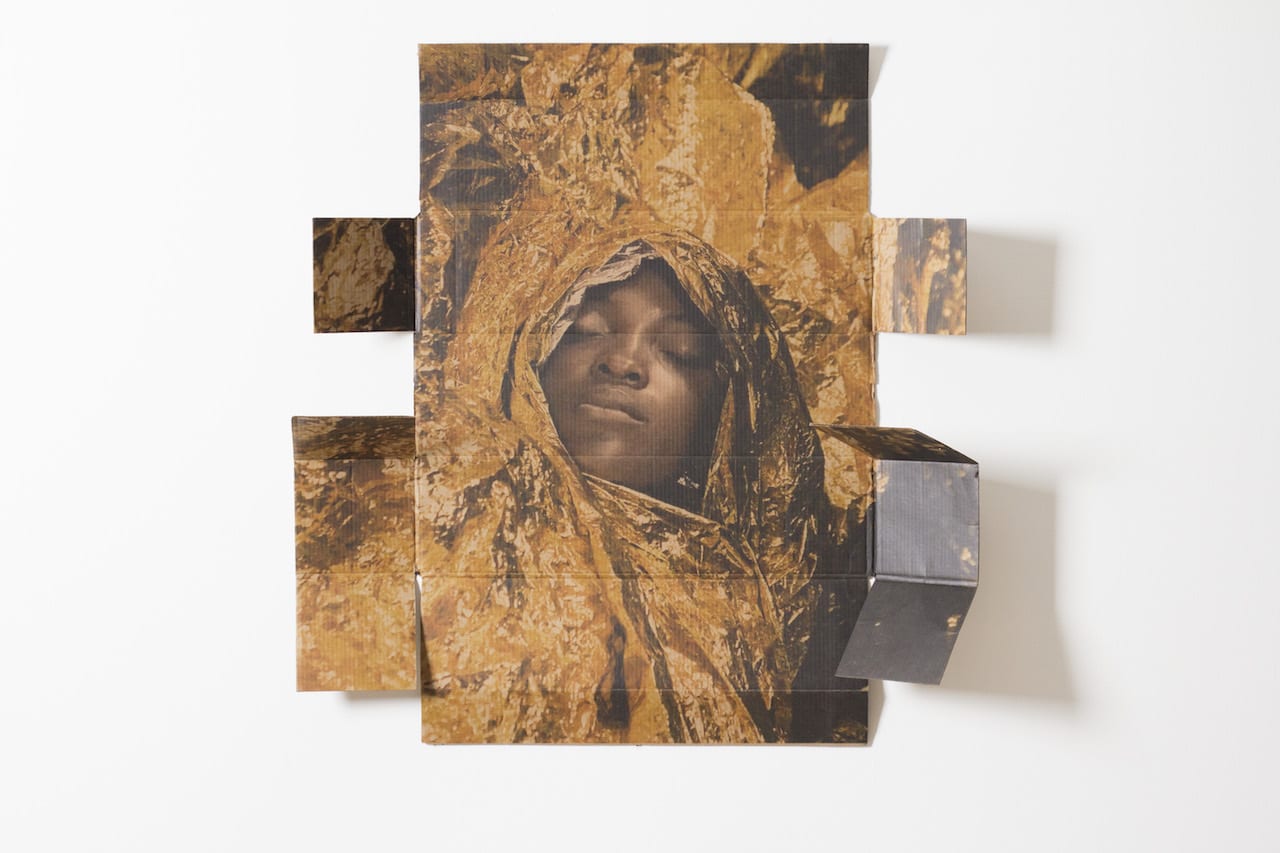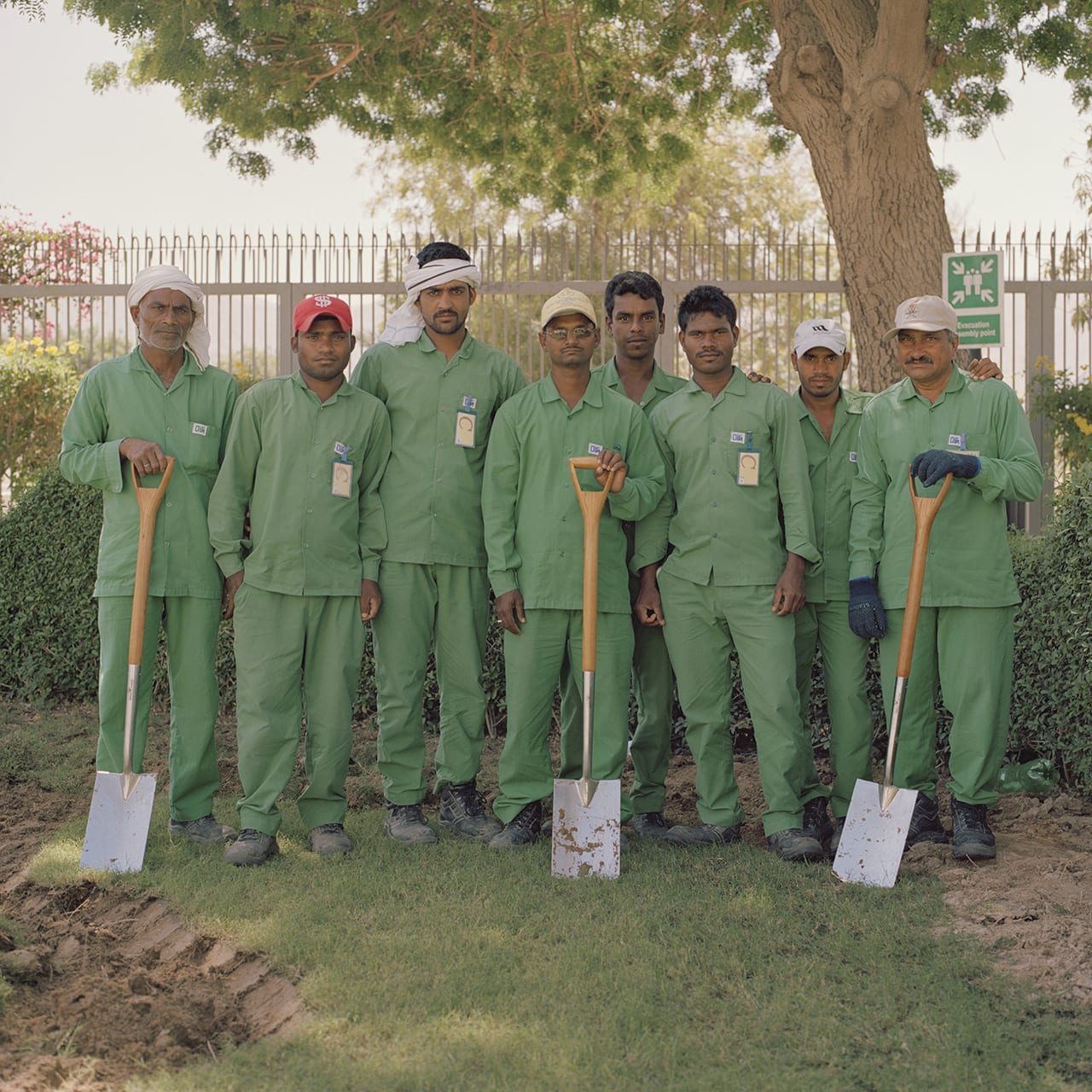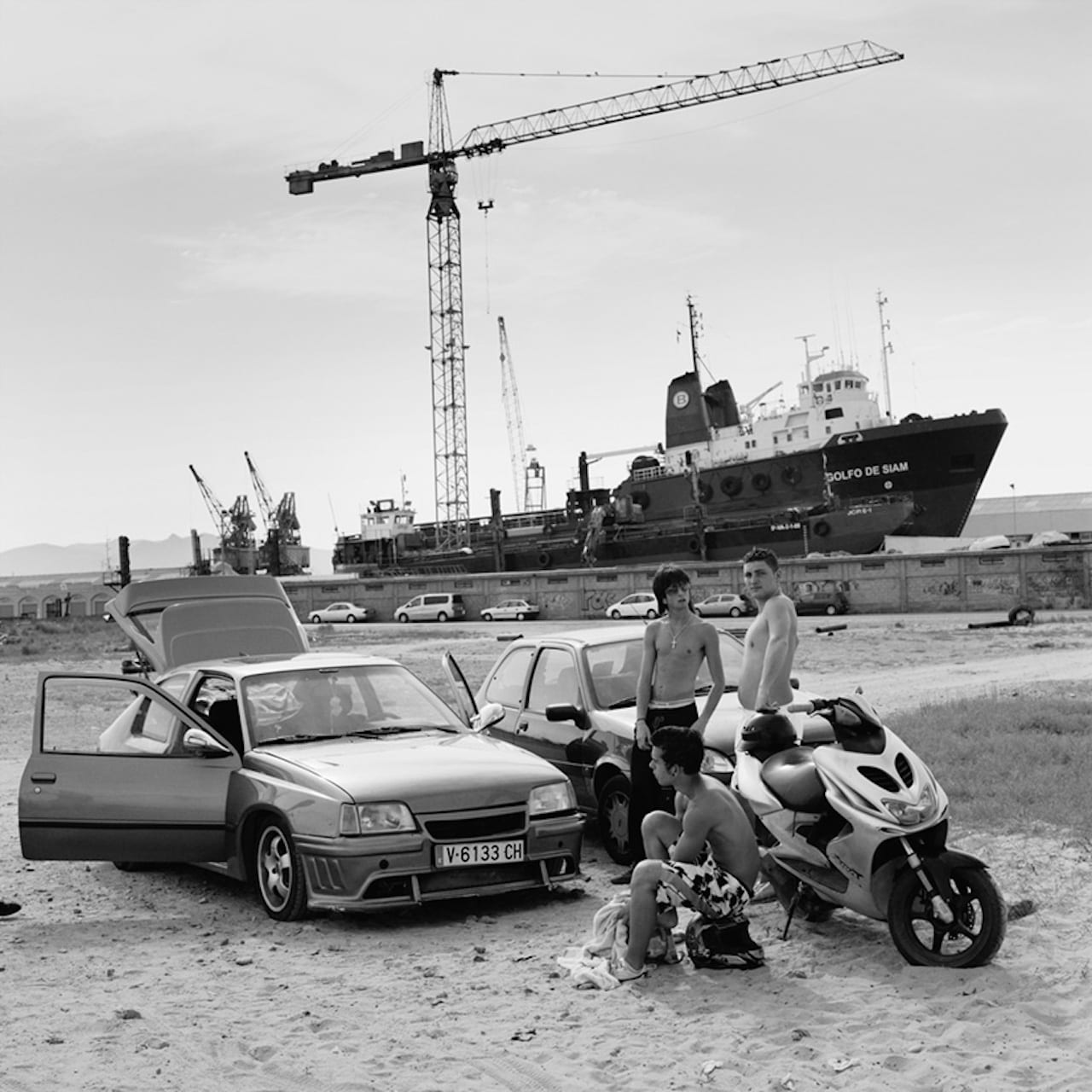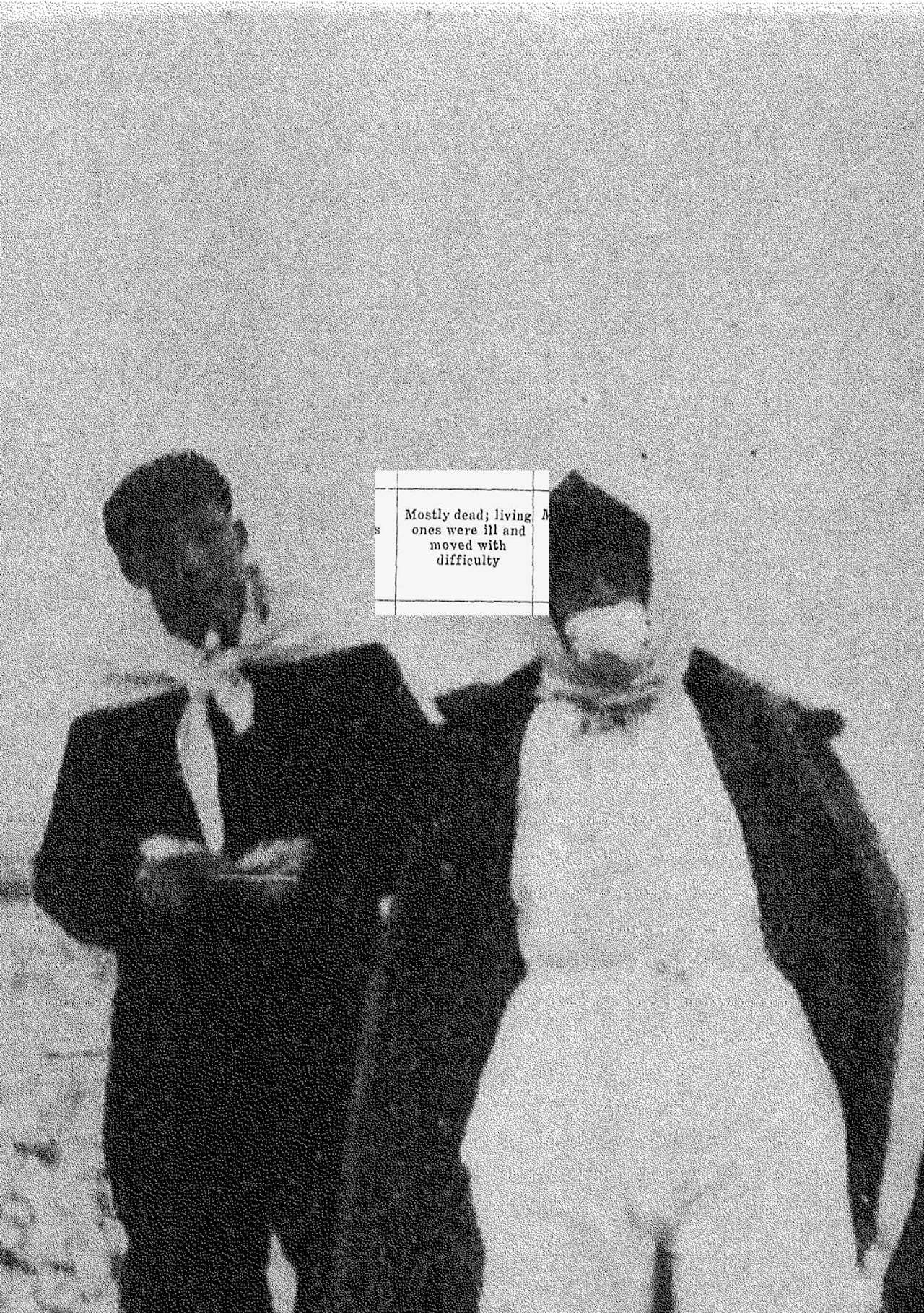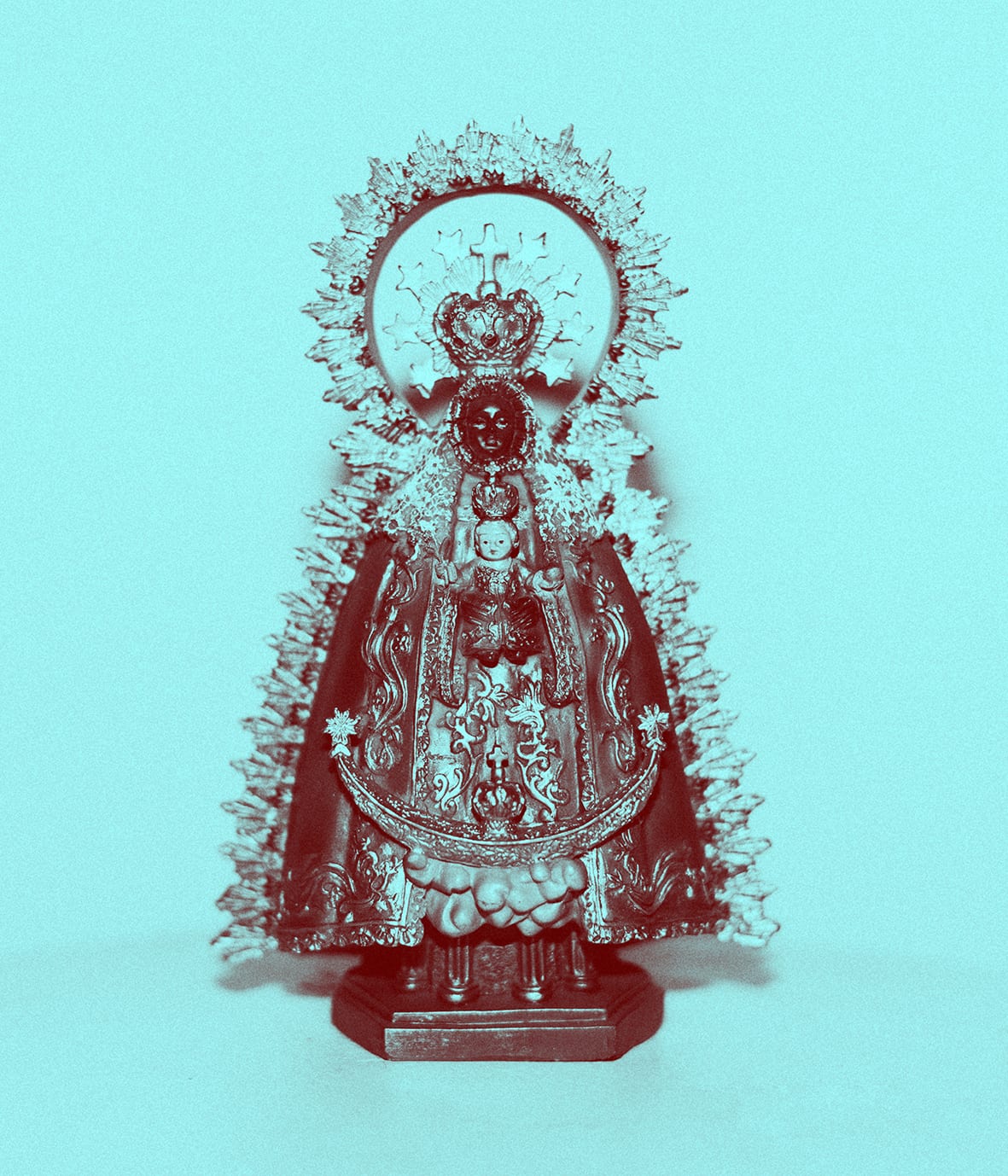“You should get into the habit of looking above eye-level while walking,” says American photographer Brian Kanagaki. “It’s much more beautiful than looking down at the dirty street and trash.” Golden Persimmons, shot over a period of six years, captures geometric subjects in ambiguous environments; spanning over eight countries (though predominantly New York), the brutally black and white images take inspiration from the graphic, organic shapes found in cities globally.
The project began when the design director got lost while taking a shortcut in his hometown, San Francisco. “It was funny to get lost in a city that I thought I knew so well,” he says. “I ended up driving around and finding so many new things that got my mind working.” One of which was decorative trees in people’s front gardens, the original basis for the series. But after moving to New York and spending time travelling, the idea quickly evolved to focus on tying the world together by capturing its mundane similarities.

